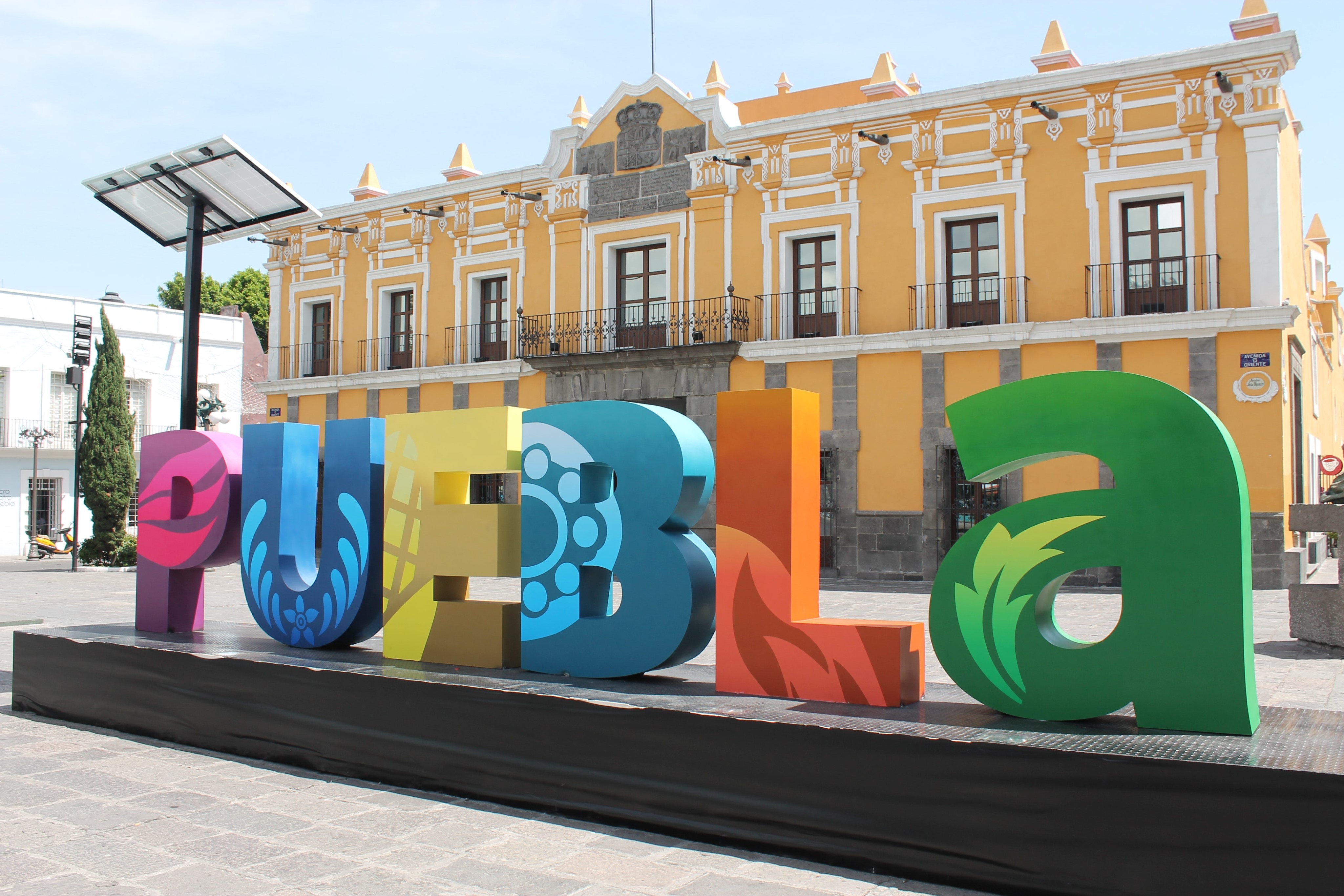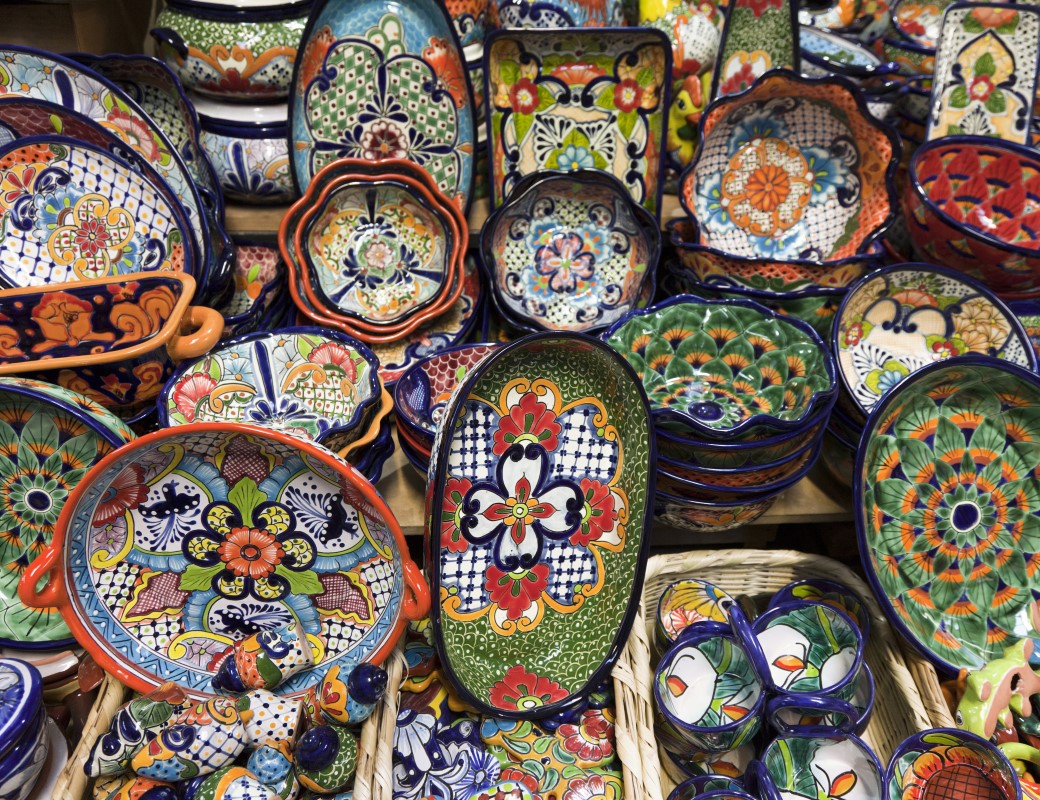Mexican Pottery and Tiles
A brief history of a unique tradition
Mexican artisanal art is the purest expression in the country's long and unique cultural heritage. Mexico is an incredibly vibrant region, with a rich and turbulent history, the continent's most diverse geography and the third most biodiverse flora and fauna on the planet. In the central region alone, where the pottery is made, more than 60 distinct indigenous languages are spoken, to this day. With the Millennium of the Mayas and centuries of the Aztec empire, the country is home to one of the 6th major civilizations known to mankind.

But it's not in any way lost in its past: this is the real melting pot, after enduring the colonial era for 3 centuries, the people of Mexico developed a proud and strong identity and fostered a deeply spiritual culture with strong connection to the land: agriculture and nature. The "street art": their pottery is a reflection of the all the above, every culture and influence is present in their patterns and wide selection of shapes and functions. When you hold a piece of Talavera or other type of Majolica ceramics in your hand, (unless it’s a knock-off from China) you are looking at a unique piece of handmade symbol of a long artistic and industrial journey. The origins and influences of Mexican pottery and tiles go as far as the Aztec hieroglyphics and the Moorish motifs - halfway across the World, and the famous sparkling color travelled all the way from China, from their invention of the high-fired lime glaze.
There are two major types of glazed pottery: Talavera from Puebla and general Majolica from a few other regions such as Dolores Hidalgo. Authentic Talavera requires that it is made in only in the following towns, outside of Talavera de la Reina of Spain: the town of San Pablo del Monte, Puebla, Atlixco, Cholula and Tecali. These are the regional centers of Mexico where the specific clays are mined and the certified craftsmen and their generations of family businesses reside.
In Puebla there are only 20 certified workshops that can produce authentic Talavera. You can immediately identify a Talavera by the colors alone, only 6 distinct hues are pemitted: blue, yellow, black, green, orange and mauve. The process to create a certified product is strictly regulated from the clay mixture through the shaping of the clay and the firing steps to the painting, all made by hand - no two pieces alike.

Other regions produce similarly distinct and spectacular products with similar technology but a wider range of colors. Outside of the state of Puebla, the term Talavera is used more broadly, as Talavera style: for ceramics made by hand with the glossy white glaze, and limited set of colors, with the original Mexican symbolism of geometric background and primarily floral figures in the foreground. In general, all this pottery is made where clay is found and where the generations of artists live, in urbanized areas in the cool and rainy valleys in the Sierra Madre mountains, such as Guanajuato. There are 100s of workshops in the state led by Dolores Hidalgo that specializes in pottery.

No review of Mexican pottery and tiles would be completed without invoking the images of Mexicocina, the spirit of the Mexican Kitchen and the exotic and addictive cuisine. People love cooking as much as decorating their kitchens and feeding their guest. Serving Mexican food or food originating from the region (which is most of the vegetables we consume all over the globe) served in glazed pottery or Talavera ceramics will create an authentic and exuberant experience. Mexican dishes are best served hot (unless it’s a Margarita or Guacamole) and in beautiful dishes, bowls and plates.

The following functions and products are common of the pottery we bring to you, from this enchanted and distant corner of the World:
- planters
- animal figures
- welcome plates
- decorative wall hangers
- plates
- containers
- spoons
- bird feeders
- sculptures